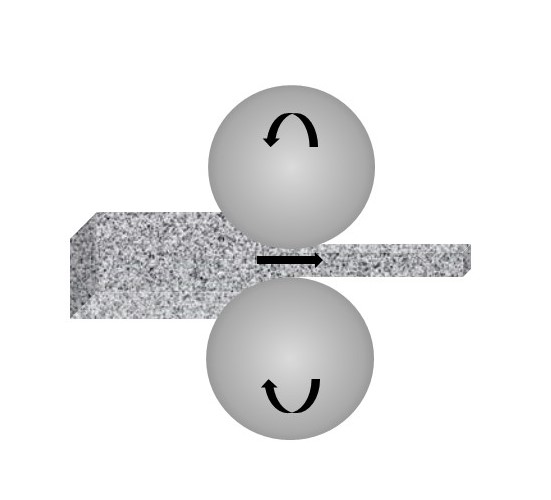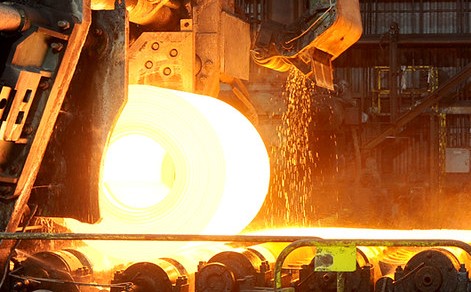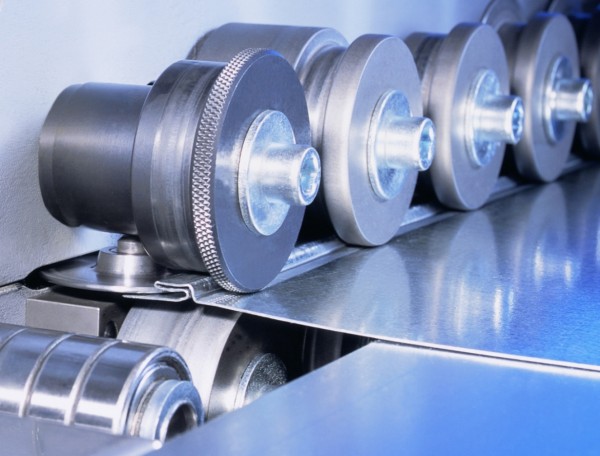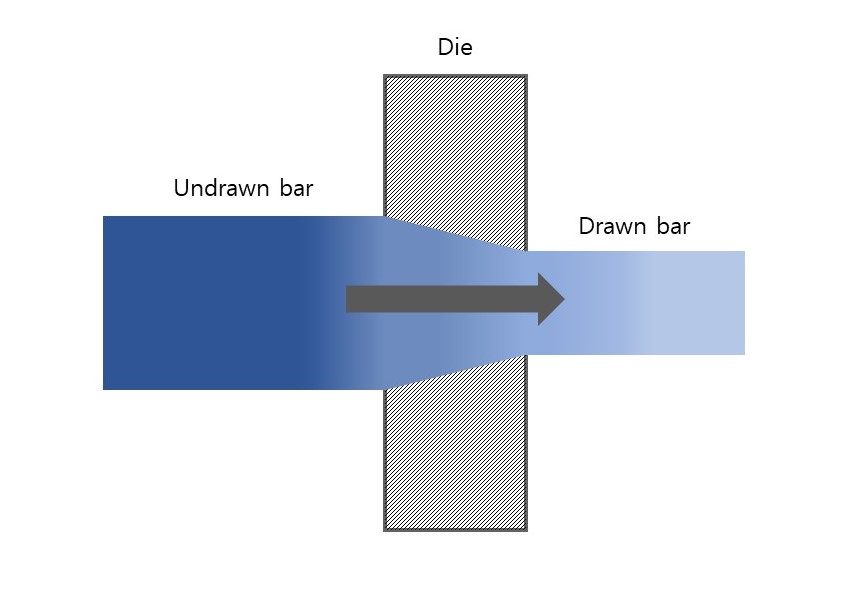-
About
-
Our Brand
-
Products
-
Community
Community
Blog
Blog
Difference between Hot Rolled Steel, Cold Rolled Steel, Cold Drawn Ste…
- Writer
- STEELTOPIA
- Date
- 23-09-25
What is Rolling Process?
Rolling is a plastic forming process where metal or other materials are pushed between two rotating cylindrical rolls to create the desired shape and thickness. Compared to machining methods like forging, extrusion, and drawing, rolling is a highly efficient technique for producing relatively simple-shaped products.
Rolling plays a vital role in the metal and material processing industries, enabling the production of a wide range of products. For example, rolling is used in the manufacture of automotive components, construction materials, ships, steel pipes, aluminum sheets, boxes, and containers, among various other applications. Through this process, materials' thickness, width, length, and shape can be adjusted to produce diverse products.

Hot Rolled Steel
Hot-rolled steel, as the name suggests, refers to steel that is heated and rolled. During the hot rolling process, temperatures exceed 500°C, which is generally higher than the recrystallization temperature of most steel. Going through the hot rolling process makes steel easier to shape and results in products that are easier to work with. However, hot-rolled steel tends to have lower strength compared to cold-rolled steel.
Hot-rolled steel is cooled at room temperature. This imparts looser tolerances on the finished product compared to cold-rolled steel. It also protects the final product from internal stresses that can occur during processes like annealing or quenching.
Furthermore, since hot-rolled steel cools after processing, it offers less control over the final shape, making it less suitable for precision applications where intricate dimensions are required. It is more commonly used in applications where precise dimensions are not critical.
Hot-rolled steel generally has the advantage of being more cost-effective than cold-rolled steel because it requires significantly less processing.

Cold Rolled Steel
Cold rolling encompasses the rolling of flat rolled coils and sheet products. It involves more processing than hot-rolled steel because it requires greater pressure to shape the material. Additionally, there is an added benefit of work hardening, which strengthens the material and enhances the mechanical properties of the finished product.
The cold rolling process produces finished products with more precise sizes compared to hot-rolled products. This is because no melting occurs during the rolling process, unlike in hot-rolled steel.
Cold-rolled steel is limited to relatively simple shapes due to its lower ductility compared to hot-rolled steel. However, with a series of forming operations, different cold-rolled shapes can be obtained, especially when the cross-section is uniform and the dimensions are small.
Cold-rolled sheets have several advantages over hot-rolled sheets. They are thinner, have tighter dimensional tolerances, possess a clean and attractive surface, and offer excellent flatness and versatile formability. Consequently, they find wide applications in industries such as automotive components, electrical appliances, furniture, office equipment, and construction materials.
Cold rolling alters the mechanical properties of the metal. Tensile strength, yield point, and hardness gradually increase, while elongation and reduction in area decrease.

Cold Drawn Steel
Cold-drawn steel, similar to cold rolling, is processed at room temperature. In this process, steel rods or coils that have been previously hot-rolled are brought down to room temperature. The steel, in its room-temperature state, is forged and rolled to fit into a die, and then it is transformed into a thinner shape without changing its volume.
Cold-drawn steel allows for more precise measurements and sharper edges compared to hot-rolled and cold-rolled steel sheets. This precision is achieved because hot-rolled sheets undergo shape changes during the cooling process.
Cold-drawn steel products have improved yield strength and tensile strength compared to hot-rolled sheets. Additionally, they feature better surface finish, resulting in a visually appealing appearance.
Products made from cold-drawn steel include machined parts, automotive engine components, shafts, and structural units used in various manufacturing processes.
Cold-drawn steel, similar to cold rolling, is processed at room temperature. In this process, steel rods or coils that have been previously hot-rolled are brought down to room temperature. The steel, in its room-temperature state, is forged and rolled to fit into a die, and then it is transformed into a thinner shape without changing its volume.
Cold-drawn steel allows for more precise measurements and sharper edges compared to hot-rolled and cold-rolled steel sheets. This precision is achieved because hot-rolled sheets undergo shape changes during the cooling process.
Cold-drawn steel products have improved yield strength and tensile strength compared to hot-rolled sheets. Additionally, they feature better surface finish, resulting in a visually appealing appearance.
Products made from cold-drawn steel include machined parts, automotive engine components, shafts, and structural units used in various manufacturing processes.

The information provided on this webpage is intended solely for informational purposes. Steeltopia does not make any explicit or implied representations or warranties regarding the accuracy, comprehensiveness, or validity of this information.


 HOME
HOME